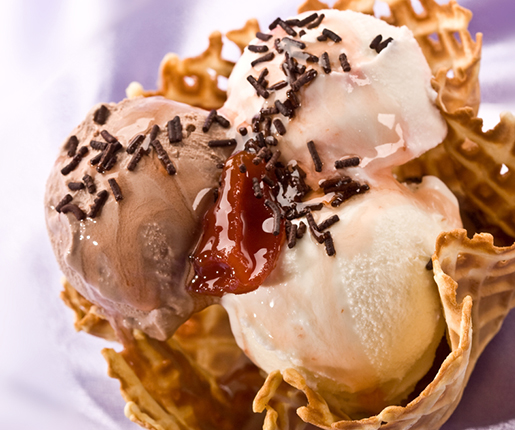
CMC (Carboxy methyl Cellulose) E466
| ITEM | STANDARD |
| APPEARANCE | WHITE OR SLIGHTLY YELLOWISH OR GREYISH ODOURLESS AND TASTELESS, GRANULAR OR BFIBROUS POWDER |
| SOLUBILITY | YIELDS A VISCOUS COLLOIDAL NSOLUTION WITH WATER. INSOLUBLE IN ETHANOL |
| ASSAY | 99.5% MIN |
| VISCOSITY (brookfield lvt, 1%, 25℃, #4 spindle, 30rpm ) | 5000 MPA.S MIN |
| DEGREE OF SUBSTITUTION | 0.20 ~1.5 |
| PH (1% COLLOIDAL SOLUTION) | 5.0~8.5 |
| LOSS ON DRYING (105ºC to constant weight) | 12%MAX |
| CHLORIDE | 1.2% MAX |
| TOTAL GLYCOLATE | 0.4% MAX |
| SODIUM | 12.4%MAX |
| SULPHATED ASH | 23 - 27 % |
| HEAVY METAL (AS PB) | 20PPM MAX |
| LEAD | 5PPM MAX |
| ARSENIC | 3PPM MAX |
| MERCURY | 1PPM MAX |
| CADMIUM | 1PPM MAX |
| TOTAL PLATE COUNT | 1000 CFU/G MAX |
| YEAST AND MOULD | 100 CFU/G MAX |
| COLIFORM | NEGATIVE |
| SALMONELLA | NEGATIVE |
| PACKING | 25KG NET COMPOSTI PAPER- PLASTIC BAGS |
| STORAGE | IN COOL AND DRY CONDITION WITH ORIGINAL PACKING OR WELL-CLOSED CONTAINER |
| CONCLUSION | THE GOODS CONFORM TO THE STANDARD FCCV/ E466 |
OUR OFFER
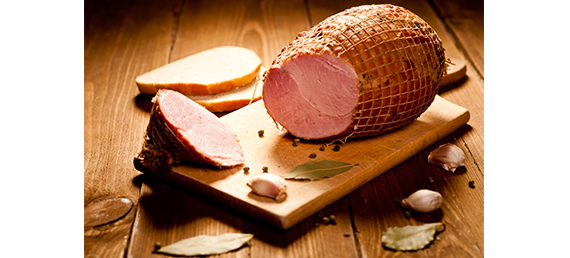
Carrageenan
Carrageenan is a kind of natural polysaccharides hydrocolloid which is present in the structures of certain varieties of red seaweed. These carbohydrates have the ability to form, at very low concentrations, thick solutions or gels in aqueous media.
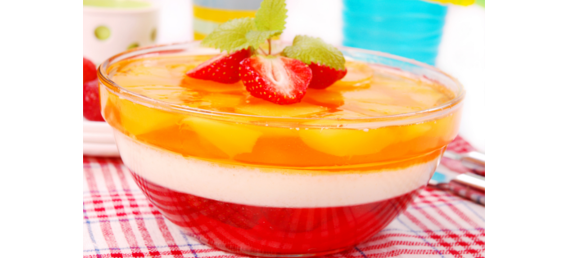
Konjac gum
Konjac Gum main ingredients is Konjac Glucommanan(KGM)with high purity of more than 85% on dry basis. White in color, fine in particle size, high viscosity andwith no special smell of konjac, stable when dissolved in the water.
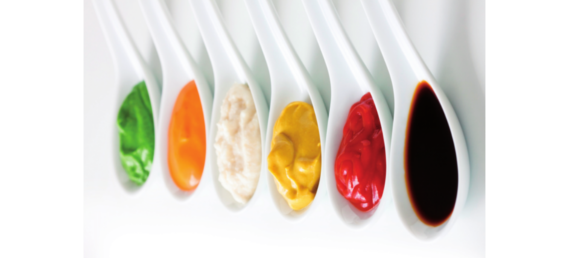
Xanthan gum
Xanthan gum, a high-molecular hydrophilic colloid, provides excellent thickening and stabilizing in systems based on its unique pseudo-plastic rheological behavior. It is produced by fermentation of corn starch with xanthomonas campestris.
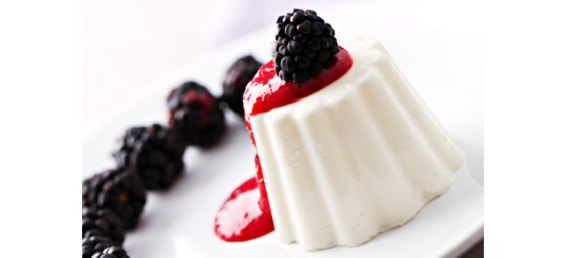
Sodium alginate
Sodium alginate, sometimes shortened to "algin", is present in the cell walls of brown seaweeds, and it is partly responsible for the flexibility of the seaweed. Consequently, brown seaweeds that grow in more turbulent conditions usually have a higher alginate content than those in calmer waters.

Agar
Agar is a phycocolloid extracted from a group of red-purple marine algae (Class Rhodophyceae) including Gelidium, Pterocladia and Gracilaria. Gelidium is the preferred source for agars. Impurities, debris, minerals and pigment are reduced to specified levels during manufacture.
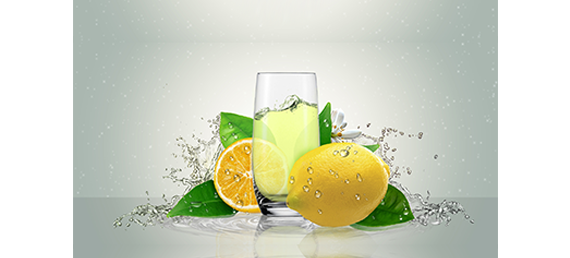
Arabic gum
Gum arabic is a dried exudate obtained from the stems and branches of Acacia senegal (L.) Willdenow or Acacia seyal (fam. Leguminosae). Gum arabic consists mainly of high-molecular weight polysaccharides and their calcium, magnesium and potassium salts, which on hydrolysis yield arabinose, galactose, rhamnose and glucuronic acid.

Locust Bean GUM
It is a carob gum, obtained by purification of the ground endosperm of the seeds of the carob tree (Ceratonia Siliqua L.) It is galactomannan polysaccharide. It is partly soluble in cold water and needs heating in order to achieve it’s full viscosity. It shall be a white powder with a ‘typical’ odour and bland taste. The product does not contain any husk.

Pectin
The traditional, commercial sources of pectin have been citrus peel and apple pomace. Often this is a waste material from another industry such as apple pomace from a cider producer. Citrus peel has often been the preferred material for pectin manufacture due to its high pectin content and good colour properties.

CMC
White or slightly yellowish or greyish odourless and tastelles, granular or bfibrous powder. Yields a viscous colloidal nsolution with water. Insouble in ethanol.
